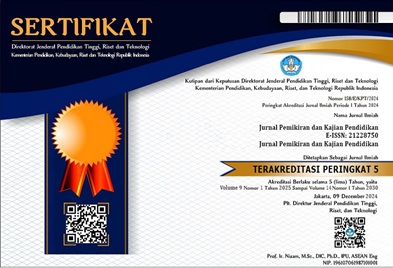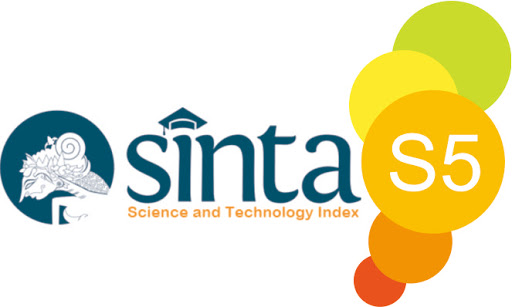AN COMPARISON ANALYSIS OF FIRST AND SECOND LANGUAGE ACQUISITION UTTERED BY A CHILDREN IN BELOW 2 YEARS OLD BY LOOKING THE SEGMENTAL FEATURES: A STUDY CASE
Kata Kunci:
Language Diversity, Student Communication, Language EvolutionAbstrak
The aims of this study is to investigate the process of first and second language acquisition by the child below 2 years old by doing some question and answers. There is one child at the age of 1 year 6 months and he is only able to use one word utterance. Acquisition is different than learning because it can be received unconsciously. The child certainly have given ability to acquire language as present from birth called innateness. He only need to look at other conversation and he automatically understands even though there are some mistaken words based on his segmental features including consonants and vowels. This research uses qualitative descriptive method because the writer must gather the data by meeting the participants as objects. There are one child as main object and his uncle as supporting object. This research found that there are 16 mistakes in Bahasa Indonesia and 17 mistakes in English Language, the major mistakes based on segmental features are in the Alveolar Fricative Sounds. Nevertheless, he understood to the meanings. The data proof that Holophrastic stage is suitable for the child below at the age of 1 until 2.





